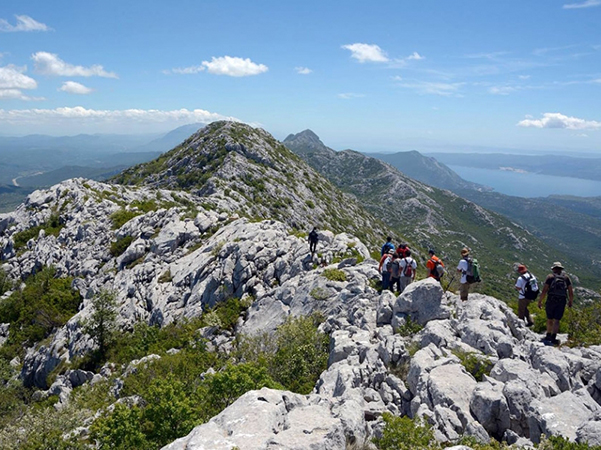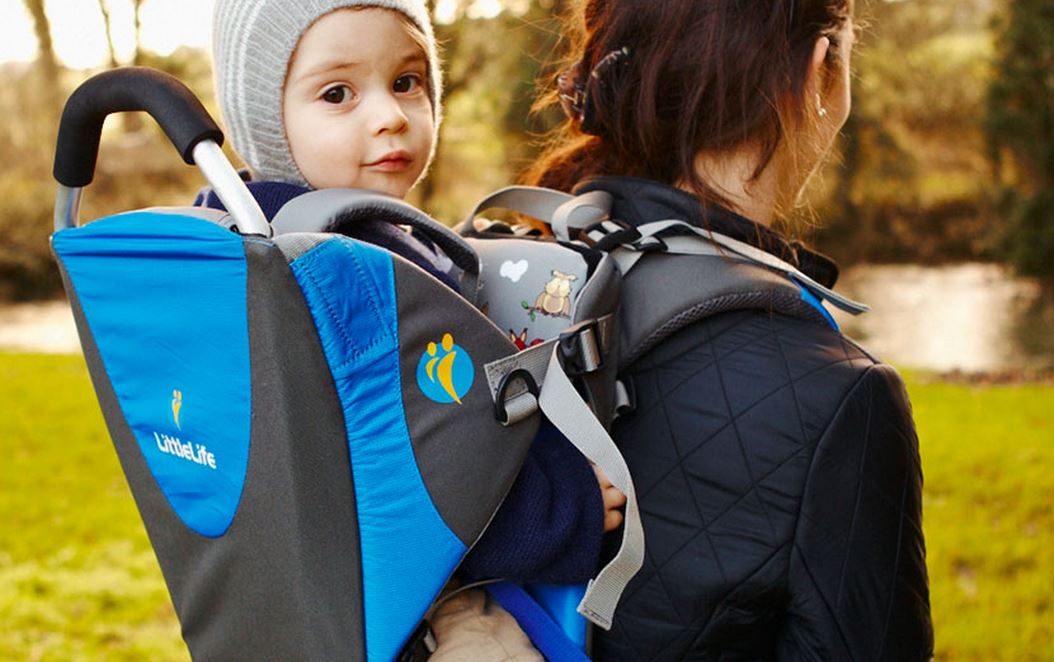So, you are off on one of the most iconic historic treks in the world! The infamous expedition to the base camp at the top of the world is on the bucket list of many adventurous spirits. Knowing what to take, and what to leave behind, is essential to enjoying, and successfully completing this experience.
A 45minute flight from Kathmandu to the landing strip of at Lukla brings you straight to the heart of the adventure. Breathtakingly beautiful and winding trails surround the lower lush green regions where you will pass through traditional Sherpa villages, Buddhist temples and bazaars.
Mount Everest base camp stands at 5,364m in the shadow of the summit of highest mountain in the world, Everest( 8,848m ). Chomolungma ‘The mother goddess of the Earth’ in Tibetan and Sagarmatha ’ sky head’ in Nepalese, offers one of the most scenic and culturally rich treks imaginable. Once above the 4,500 meters or so, the landscape changes and your breathing becomes more difficult as the air thins. The views of these mountain ranges must be seen to be believed and nothing prepares you for the incredible might and awe of rock, snow and ice at the top of the world.
Most trekkers choose to travel with a trekking group, but it is possible to take the challenge on your own. The best months to take up the challenge of Base Camp is pre-monsoon (February through to May) and post monsoon (Late September through to December). April and May are the most crowded as those with permits to summit are acclimatizing, so it might be best to avoid those times. Your equipment or gear list is pretty much unchanged no matter what time of year you choose to trek. That moment when you arrive at Base Camp brings an exhilaration and a sense of achievement which is unforgettable and life affirming. Check out our gear list to ensure that your Everest experience is positive and successful.
Climbing equipment
- Ice axes with straps
- Crampons
- Climbing harness
- Locking snap hooks (2)
- Classic snap hooks (4)
- Blocker (Ascender). A right or a left
- Insurer (2)
- Climbing helmet
- Draw strips
- Adjustable trekking poles
Shoes
- Light hiking shoes or trekking shoes for trekking to the base camp
- Tennis shoes or low shoes
- Boots
- High altitude climbing shoes.
- Trekking socks (3)
- Wool or synthetic socks (4)
- Lining socks (4)
Technical clothing
- Lightweight long underwear (2-3) Tops and bottoms.
- Warm long underwear. Up and down.
- Lightweight nylon pants (1 -2)
- Short sleeve synthetic shirt (1-2)
- Synthetic jacket / Soft Shell with full zip
- Synthetic pants / Soft shell with full zip
- Insulating synthetic jacket
- Insulated synthetic pants with side closures
- Expedition Down Parka
- Goose down suit
- Hard Shell jacket with hood Option2
- Hard Shell pants with zippers
For the hands
- Lightweight synthetic gloves (2)
- Thick synthetic or Soft-Shell gloves (2)
- Insulated Shell Gloves
For the head
- Front and spare bulbs and batteries
- Glacier glasses
- Cap or hat for the sun (2)
- Ski glasses (2)
- Balaclava (2) A warm and light one
- Warm synthetic or woollen cap (2)
- Bandanas or scarf (2)
- Neoprene face mask
Personal equipment
- Climbing backpack 65 to 80 litres
- Trekking backpack 30 to 40 litres
- Sleeping bag -40 C
- Sleeping bag -30 C
- Whole foam mattress (2)
- Plastic cup. Isothermal plastic mug with cover
- Spoon made of resistant plastic
- Sunscreen (2) 40 or more
- Lip balm (2) 20 or higher
- Water bottle (2) 1-litre wide-opening bottles
- Water bottle pocket (2) For the above bottles
- Urination bottle (2) 1 litre bottles with wide opening
- Urine bag (for women)
- 1 litre stainless steel isothermal bottle Thermos
- Compactor bin bags (4)
- Compression bags (2) For sleeping bags and clothing
- Large duffle bags (2) with locks
- Small personal first aid kit and personal medication















